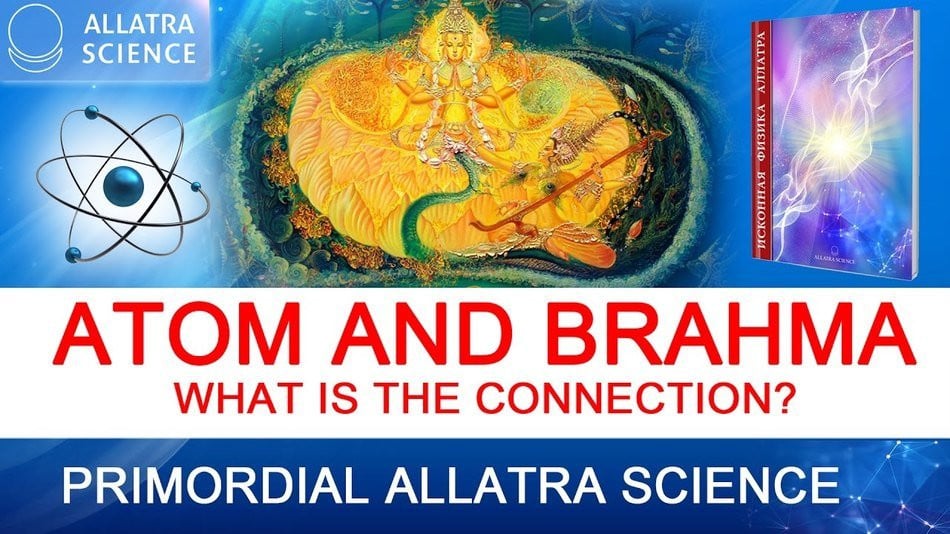In the East people know about indivisible particles from the earliest times. People had the view that the world consists of "Great emptiness", "Po grains" due to the spiritual knowledge that existed for thousands of years before the time, when, according to modern views, the "founder" of atomism, ancient Greek philosopher Democritus (apprx. 460 BC ‒ 370 BC) popularized in Greece the teaching, which was known in the East, about existence of the smallest invisible particles of which all surrounding subjects consist. Such fundamental indivisible particles were called atoms in ancient times. The ancient understanding of atom as the foundation of the Universe was qualitatively different from the modern understanding in which atom is only called the smallest part of chemical element. It is known that the Ancient Greek word "atomos" (Greek άτόμος) means literally "indivisible", that is, a particle which can not be di-vided into smaller parts. This concept came to Ancient Greece from the East. For example, in Ancient India there was a word Atman (also Atma) to denote "one and indivisible". In Sanskrit, there is also such a concept as "anu". In Sanskrit the word "anu" ("atom") is a title of the supreme creator ‒ Brahma (the word "Brahma", translated from Sanskrit, means "sacred power, which gives effect"), which is said to be the smallest atom.
Read more in the PRIMORDIAL ALLATRA PHYSICS Report: http://allatra-science.org/en
PRIMORDIAL ALLATRA PHYSICS. Video Version of Allatra Science Report:
https://allatra.tv/en/video/primordial-allatra-physics-video
Unique information about science, history and human nature in the book AllatRa : http://books.allatra.org/en

